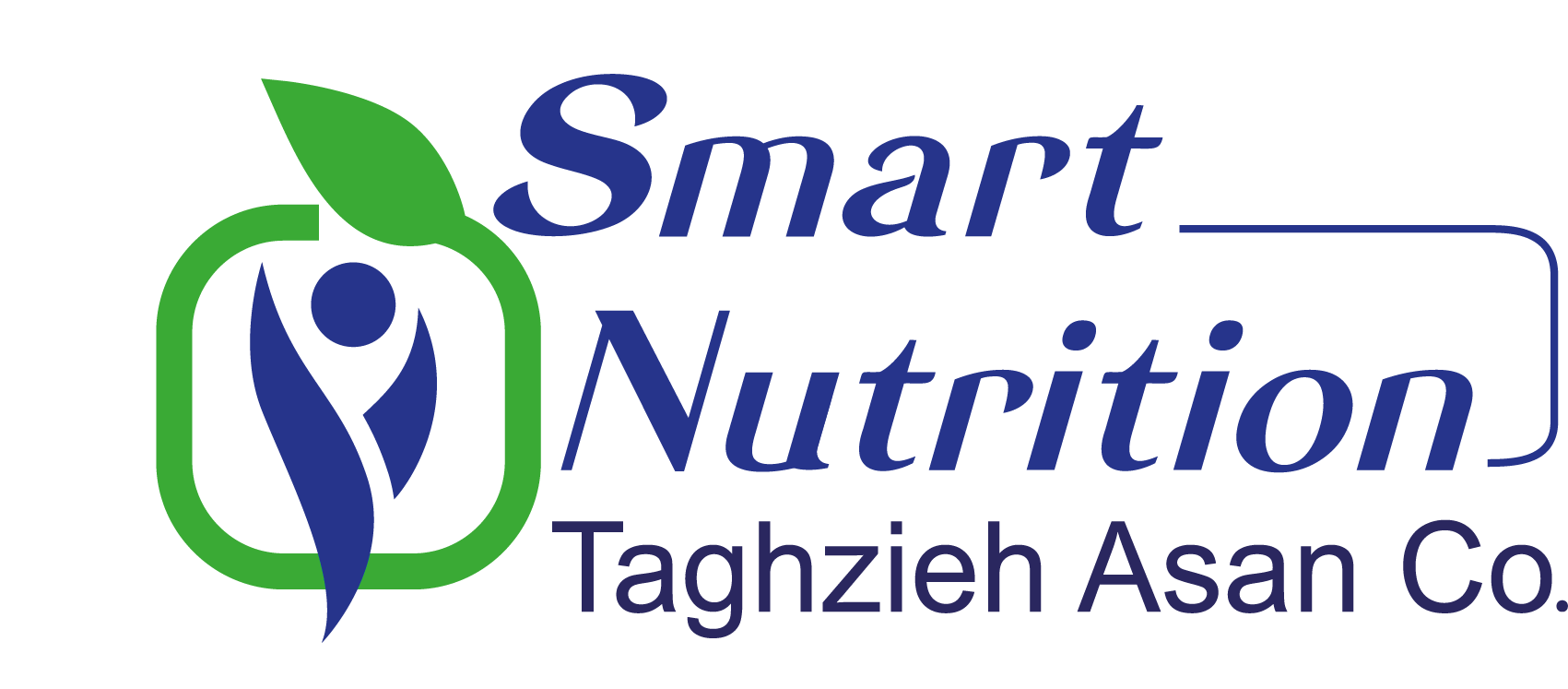Roles of folic acid during pregnancy
Fetal neural tube formation:
Folic acid is necessary for the division of nervous system cells and the development of the fetal nervous system. Due to the fact that the neural tube of the fetus is formed in the first 28 days of pregnancy, that is, when a person may not even be aware of his pregnancy, folic acid deficiency can cause defects in the formation of the neural tube of the fetus and the occurrence of disorders in this field. For this reason, reputable medical authorities in the world recommend that all women who are likely to become pregnant (from puberty to menopause) consume 400 micrograms of folic acid daily. Some of these disorders caused by folic acid deficiency are: spina bifida (remaining the base of the vertebrae which causes the spinal cord and nerves to be exposed); Anencephaly (congenital absence of brain and spinal cord); and encephalocele (extrusion of the brain inside a cavity in the skull wall).
b) Prevention of megaloblastic anemia in pregnant mother and fetus:
Megaloblastic or macrocytic anemia (enlargement of red blood cells) is caused by a deficiency of vitamin B12 or folic acid, in which red blood cells are formed incompletely and do not have the ability to transport oxygen. The recommended daily intake of folic acid for pregnant women is approximately 800 micrograms.
c) Folic acid deficiency during pregnancy causes cleft palate and cleft palate in the fetus.
Signs and symptoms of folic acid deficiency:
Destruction of the mucosa of the digestive tract, reduction of absorption of nutrients, diarrhea, anorexia and weight loss
Fatigue, weakness, shortness of breath and reduced concentration
Decreased platelet production and increased risk of abnormal bleeding
Impaired development of white blood cells and reduced immune response
Elevation of blood homocysteine and increased risk of atherosclerosis (hardening of blood vessels)
Defects in the growth and development of the fetal neural tube and the occurrence of congenital abnormalities
Megaloblastic anemia
Disorder of growth and development
hair loss









